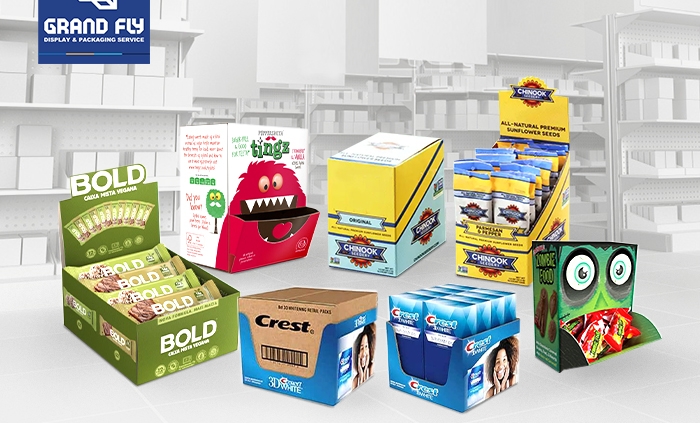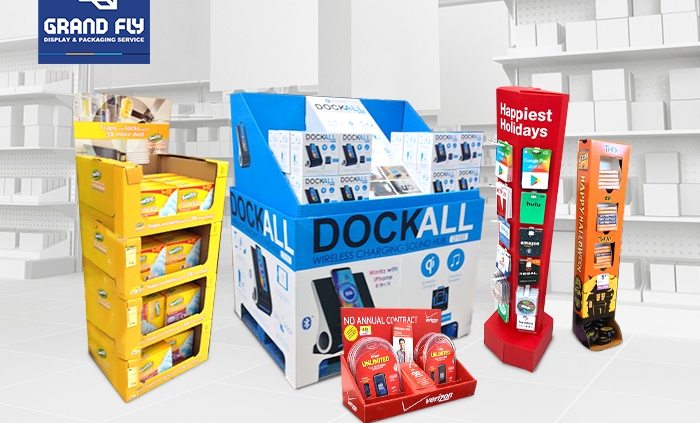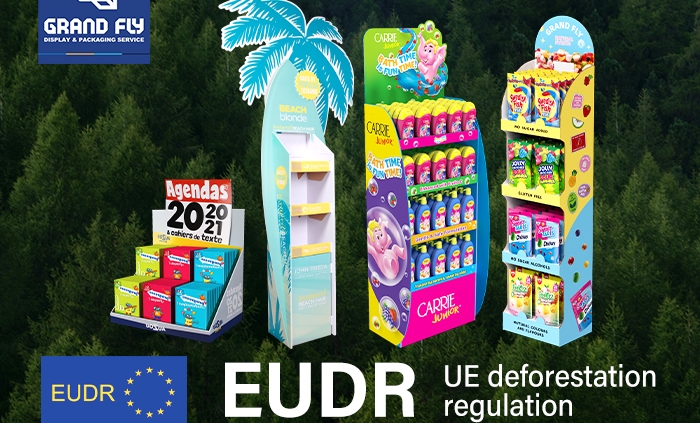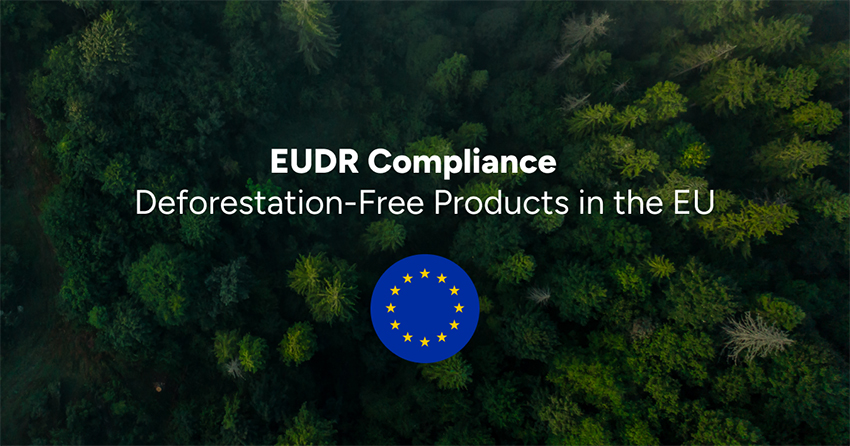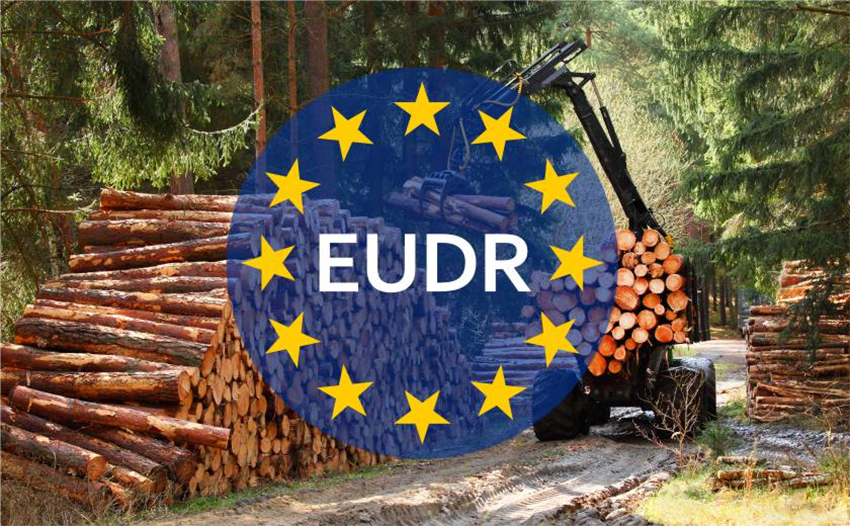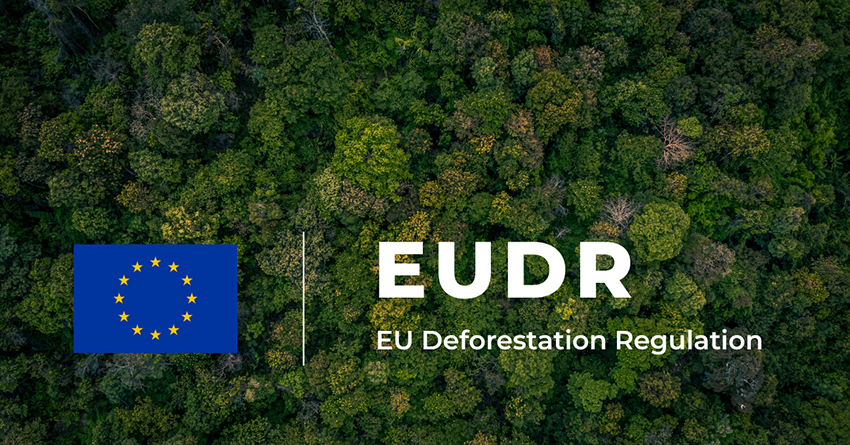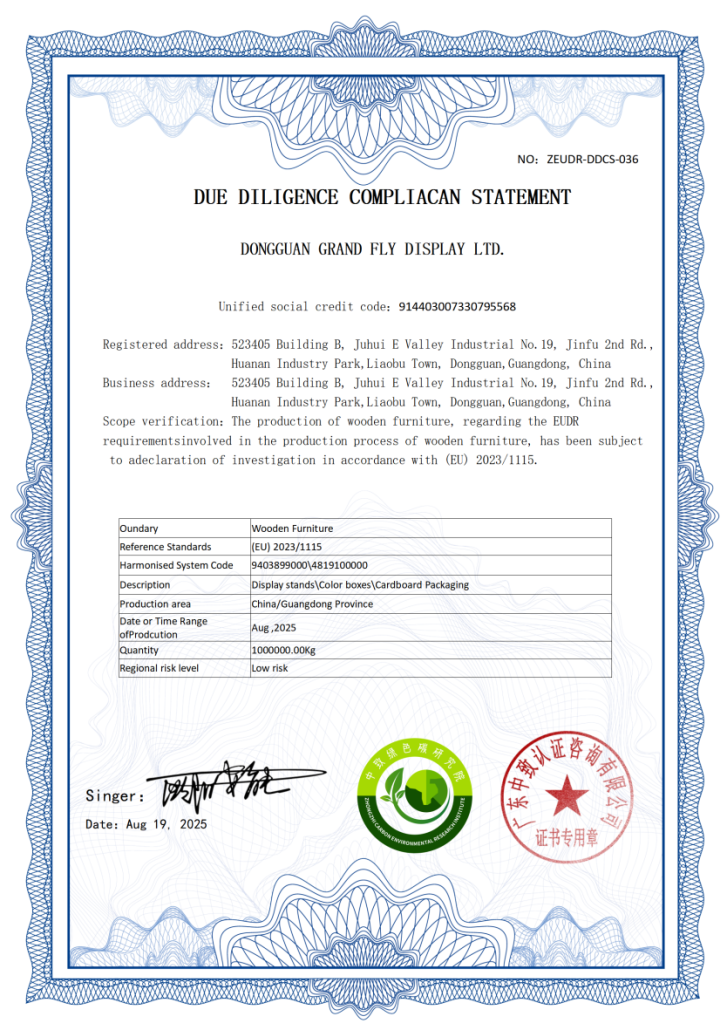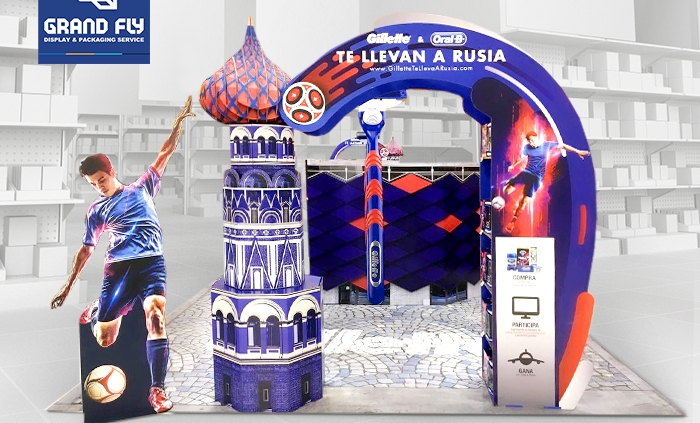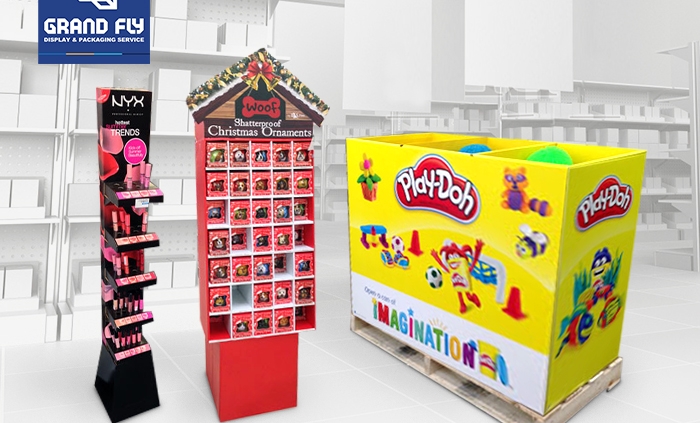6 Must-Haves for Retail-Ready Packaging: Elevate Your Brand with GRAND FLY
In the competitive retail landscape, every detail shapes the customer experience. From in-store music and shelf layouts to lighting and even scent, retailers carefully craft environments to attract browsers and turn them into buyers. What many brands overlook, however, is that retail packaging is just as critical to this journey. No matter how innovative or high-quality your product, lackluster packaging will fail to drive sales.
With new competitors entering the market daily, your brand needs packaging that captures attention and stands out from the crowd. Retail-ready packaging (RRP) isn’t just a container—it’s a powerful marketing tool that bridges your product and your customers. Below, we break down the six essential elements of effective RRP and how GRAND FLY can help you create packaging that boosts visibility, simplifies retail operations, and turns your brand into a household name.
What Is Retail-Ready Packaging, and Why Does It Matter?
Retail-ready packaging—also called shelf-ready packaging—is designed for seamless stocking and optimized sales. Instead of restocking individual units, retailers receive bulk packages that can be placed directly on shelves, saving time and labor costs. Beyond efficiency, RRP serves as a silent salesperson, connecting your brand with consumers in physical stores—a space where direct brand interaction builds lasting relationships.
The impact of RRP can’t be overstated: 72% of consumers admit packaging design influences their purchasing decisions. In today’s market, where shoppers prioritize sustainability, transparency, and minimalism, packaging must align with modern values. Technology has also transformed RRP, with QR codes, interactive screens, and digital integrations creating immersive customer experiences.
Effective RRP must be eye-catching (to stand out in stockrooms and on shelves), accessible (easy to open and restock), brand-distinct (instantly recognizable), and trend-aligned (reflecting evolving consumer values). Miss any of these, and your product risks being overlooked. To ensure your RRP hits all the marks, focus on these six key elements.
1. Strategic Design Structure
Today’s printing and manufacturing technologies—from 3D printing to digital flexography—offer endless possibilities for color, texture, and finish. The first step in creating impactful RRP is designing a structure that balances functionality and visual appeal.
Consider your product’s size, shape, and weight to determine shelf fit, display style, and whether inserts are needed. These factors will guide your budget while ensuring your packaging showcases products beautifully. Whether you opt for a sleek, minimalist design or a bold, creative display, the structure should spark curiosity and make your brand unforgettable amid competitors.
2. Compliance with Retail Requirements
Retailers have specific guidelines for inbound logistics and packaging, and adhering to them is non-negotiable. These standards often include pallet dimensions, barcode formatting, RFID tag requirements, and shipping container specs. The universal rule? Packaging must be easy to open and ready for immediate stocking.
GRAND FLY understands that retailers prioritize efficiency—our RRP features perforated seals for tool-free opening, eliminating the need for box cutters. Note that some large retailers have unique requirements, so open communication with retail partners is key. Our team leverages industry expertise to ensure your packaging meets all guidelines, streamlining the supply chain for both you and your retail partners.
3. Product Dimensions & Strategic Store Placement
RRP success depends on matching packaging type to product category and store location. For example, last-minute impulse buys like phone accessories thrive in counter displays near checkout, while fast-moving goods benefit from freestanding units in high-traffic aisles.
Common RRP types include:
- Shelf trays: Corrugated or paperboard trays with removable lids, perfect for standard shelf placement.
- Reusable/recyclable options: Eco-friendly alternatives to plastic, aligning with sustainability trends.
- Merchandising units: Freestanding displays for promotional or high-volume products, ideal for action alleys.
GRAND FLY works with you to analyze your product’s dimensions and purpose, recommending the optimal packaging type and store placement to maximize visibility and sales.
4. Authentic Brand Messaging
In an era of informed consumers, brand transparency and consistency are critical. Two-thirds of global shoppers will support or boycott a brand based on its social and political values—your packaging must reflect your brand’s true identity.
Your RRP should feature consistent brand elements: logos, color palettes, fonts, taglines, and imagery that customers instantly recognize. Every detail, from packaging materials to tone of voice, tells your brand’s story. For new customers, it’s an introduction; for loyal buyers, it reinforces trust. GRAND FLY ensures your brand messaging shines through, creating a cohesive and authentic connection with shoppers.
5. Target Audience-Centric Design
Every product has a specific customer in mind, and your packaging should speak directly to them. Use demographic data—age, lifestyle, occupation, location—to tailor your RRP. For example, busy professionals may prioritize functionality and quick access, while eco-conscious Gen Z shoppers will gravitate toward sustainable materials.
Ask key questions: What matters most to your audience? How does your product fit into their daily lives? GRAND FLY translates these insights into packaging that resonates—whether it’s a minimalist design for wellness products or a durable, on-the-go package for active lifestyles.
6. Easy Setup, Breakdown & Sustainable Disposal
RRP must be practical throughout its lifecycle. It should be compact for cost-effective shipping, durable enough to withstand transit, and easy for retail staff to assemble. Perforated edges simplify setup, while recyclable materials ensure hassle-free breakdown and disposal.
Sustainability is no longer optional—consumers and regulators demand eco-friendly practices. GRAND FLY’s RRP minimizes waste, reduces shipping costs, and uses recycled or renewable materials, aligning your brand with environmental responsibility while meeting disposal standards.
Elevate Your Retail Presence with GRAND FLY
Your product deserves packaging that reflects its quality and purpose. GRAND FLY combines 16+ years of industry experience with custom design expertise to create retail-ready packaging that drives sales and builds brand loyalty. We handle every step—from design and compliance checks to production and shipment—ensuring your RRP meets retail requirements and resonates with customers.
Partner with GRAND FLY to turn your packaging into a competitive advantage. Let’s craft RRP that stands out on shelves, simplifies retail operations, and turns casual browsers into loyal buyers.

